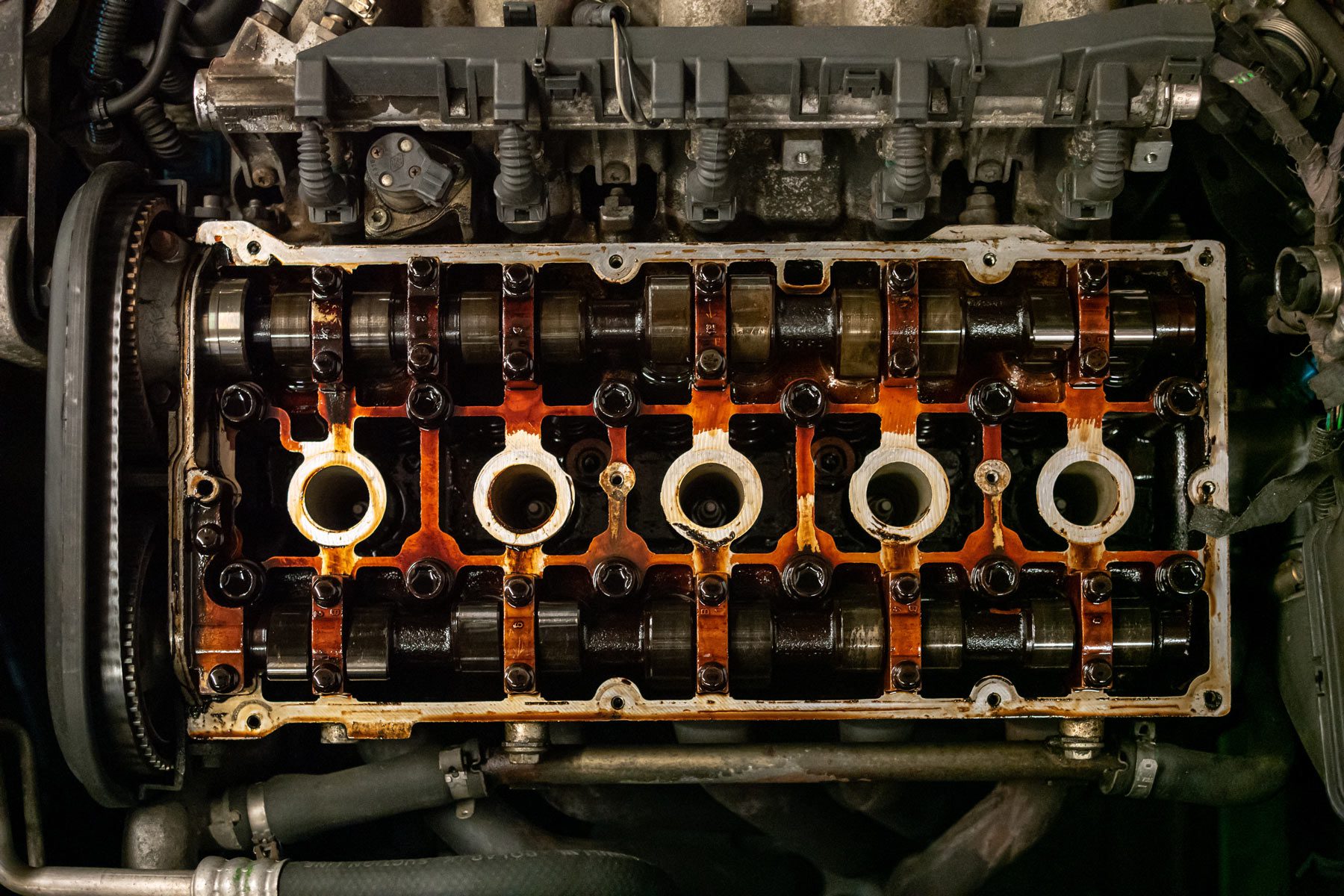Opel Corsa Engine: Performance and Dependability for Your Car
Wiki Article
Discovering the Inner Workings of a Compact Lorry's Engine System
As motorists, we often take for granted the detailed processes that take place within the boundaries of our vehicle's engine system. In this expedition of a small lorry's engine system, we will certainly decipher the inner functions of this mechanical harmony, dropping light on the enigmas that drive us ahead on our day-to-day trips.Combustion Refine Overview
The combustion process in a compact car's engine system is a critical system that effectively converts gas into power to power the automobile. This procedure takes place within the burning chamber of the engine, where gas and air mix, ignite, and produce regulated explosions. The combustion procedure includes four main stages: consumption, exhaust, power, and compression.Throughout the intake stage, the piston moves downward, drawing in a blend of air and fuel right into the burning chamber. The following stage, compression, involves the piston relocating upwards, pressing the air-fuel blend to increase its effectiveness. Consequently, in the power phase, the spark plug sparks the compressed mix, leading to a fast development of gases that requires the piston back down. This downward motion generates the power needed to drive the lorry. Finally, in the exhaust stage, the burnt gases are gotten rid of from the burning chamber with the exhaust shutoff, preparing the chamber for the following cycle. This cyclic burning process is fundamental to the operation of a small automobile's engine system, ensuring effective energy conversion for propulsion.
Piston and Cylinder Interaction

The piston's specific fit within the cylinder is crucial for keeping ideal compression and protecting against power loss during combustion. Limited clearances in between the piston and cyndrical tube wall surfaces make sure effective securing, enabling the piston to relocate efficiently without allowing gases to leakage past. Correct lubrication is also essential to reduce friction and wear between these elements, enhancing long life and performance.
Additionally, the design and materials used in producing the piston and cyndrical tube influence engine efficiency and toughness. Modern engines usually use lightweight yet durable products like light weight aluminum alloys for pistons and cylinder linings to reduce inertia and boost thermal efficiency. Generally, the unified communication between the piston and cyndrical tube is basic to the have a peek at this website engine's performance and general go to this site efficiency.
Gas Injection System Capability
Fuel injection systems in portable vehicle engines play an essential duty in exactly providing gas to the combustion chamber for controlled and reliable ignition. The gas injection system operates by injecting gas into the combustion chamber at the optimum minute throughout the engine's operation (opel corsa engine). This precise timing makes sure that the gas blends equally with the air for proper burning, bring about boosted gas effectiveness and minimized exhaustsThere are mainly 2 types of fuel shot systems used in portable lorry engines: port gas shot (PFI) and straight fuel shot (DFI) PFI systems infuse fuel right into the consumption port before the intake shutoff, while DFI systems infuse gas straight into the combustion chamber. Both systems have their advantages, with DFI offering far better fuel atomization and PFI offering a more affordable option.
Understanding Engine Air Conditioning Devices
Effective procedure of a small vehicle's engine counts greatly on the effectiveness of its cooling devices. The air conditioning system in a small automobile typically is composed of numerous elements functioning together to manage the engine temperature level. Recognizing these engine air conditioning mechanisms is important for preserving the efficiency and durability of a compact vehicle's engine system.
Exhaust System Parts Explained
The optimal performance of a compact vehicle's engine cooling mechanisms depends on a corresponding system recognized as the exhaust system, which makes up numerous necessary components for guaranteeing effective discharges and engine performance. The exhaust manifold collects exhaust gases from the engine's paths and cylinders them to the catalytic converter.One crucial part of the exhaust system is the oxygen sensing unit, which checks the oxygen levels in the exhaust gases to assist manage gas consumption and guarantee optimum engine efficiency. opel corsa engine. In article addition, the resonator might exist in some exhaust systems to reduce noise levels. Overall, the exhaust system plays an important function in maintaining engine effectiveness, lowering hazardous exhausts, and making certain a quieter driving experience for portable lorry proprietors

Conclusion
To conclude, the small vehicle's engine system is a complicated mix of components that collaborate to help with the combustion process, convert fuel right into energy, and eliminate waste gases. Understanding the inner workings of the engine system, including the piston and cyndrical tube communication, gas injection system, engine air conditioning systems, and exhaust system elements, is critical for maintaining ideal efficiency and efficiency of the lorry.The burning procedure in a compact vehicle's engine system is an essential system that effectively converts fuel into power to power the automobile.Fuel injection systems in portable lorry engines play a critical duty in exactly providing fuel to the combustion chamber for effective and regulated ignition.There are mainly two types of fuel injection systems used in small vehicle engines: port fuel injection (PFI) and straight gas injection (DFI) Comprehending these engine cooling mechanisms is crucial for keeping the performance and longevity of a portable car's engine system.
The optimal functioning of a portable vehicle's engine cooling mechanisms depends on a corresponding system understood as the exhaust system, which makes up different vital components for ensuring effective discharges and engine efficiency.
Report this wiki page